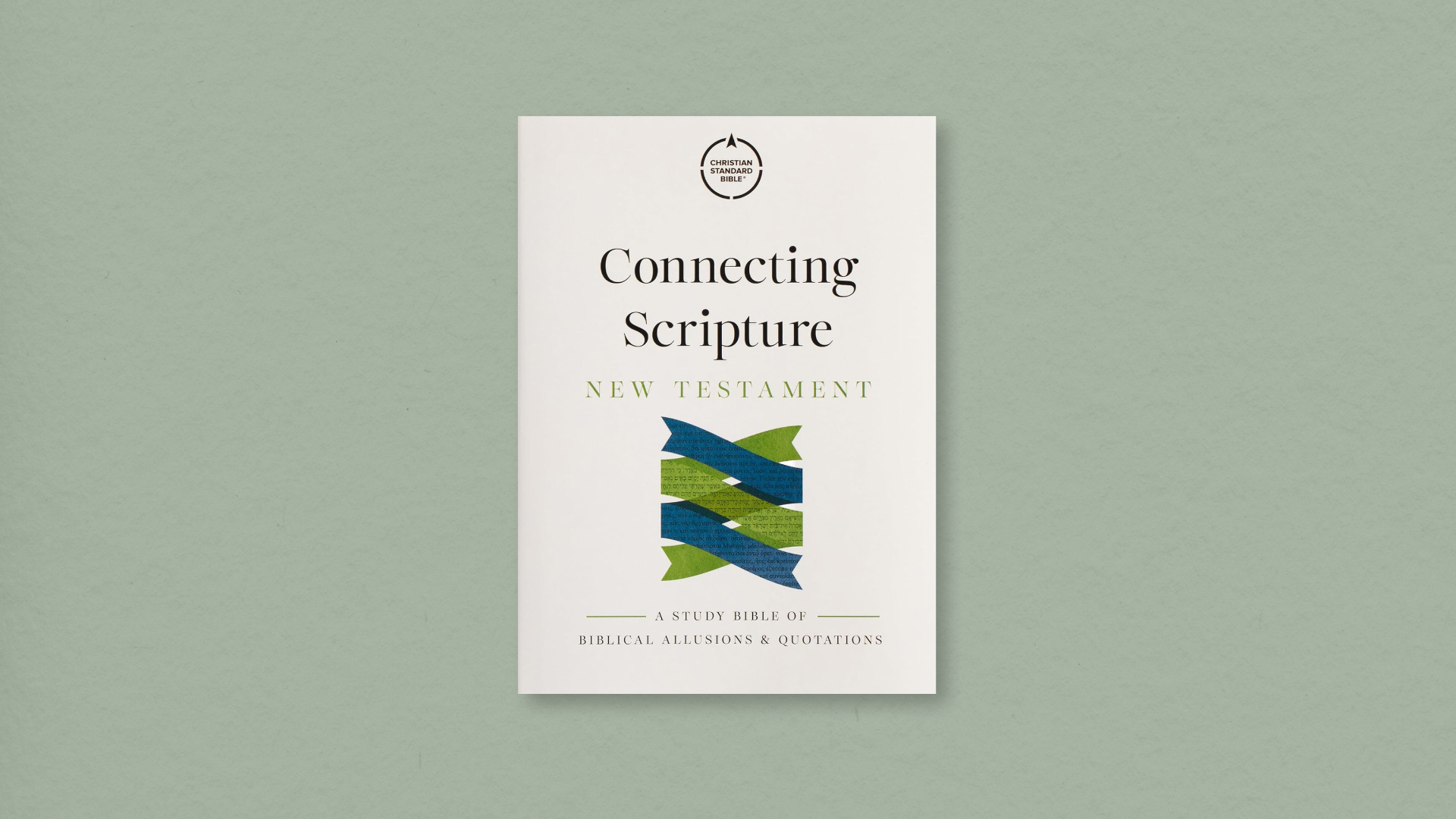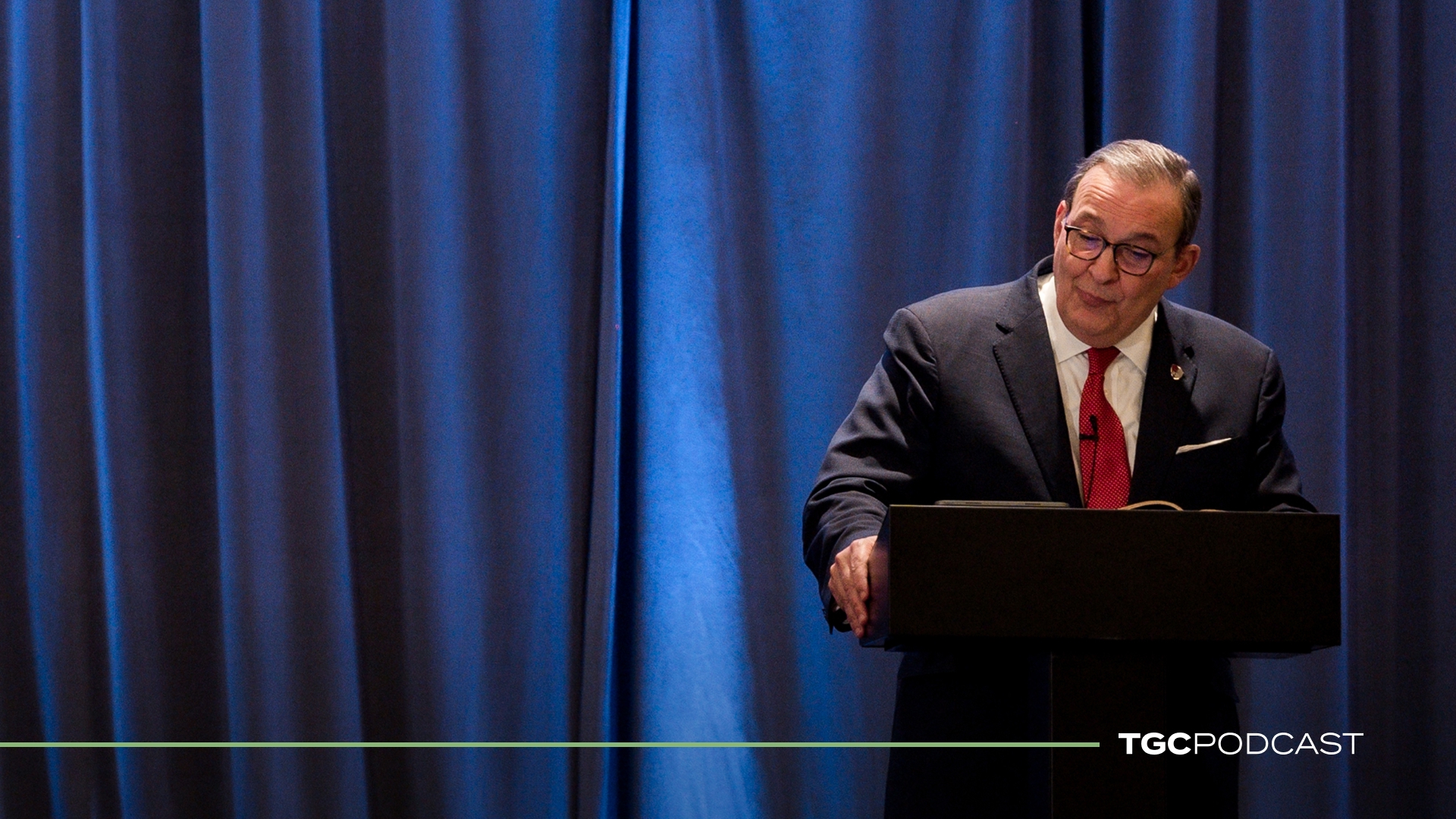
www.optimistdaily.com
Podcast Transcript October 17, 2025—Can concrete power cities? Can aspirin prevent cancer? The science says maybe.
Episode Description:
This week, Arielle and Karissa spotlight two game-changing breakthroughs: MIT’s new battery concrete, which could turn buildings into energy storage devices, and a Swedish study showing that low-dose aspirin may significantly reduce the risk of colorectal cancer recurrence in certain patients. We break down the science behind both discoveries—and how they might shape the future of our cities and our health.
Want to be part of the Optimism Movement? Become an Emissary.
Subscribe to our FREE Daily Newsletter and follow us on Instagram, X, and Blue Sky.
The Optimist Daily is a project of the World Business Academy.
Donate link: https://www.optimistdaily.com/donate-to-support-the-optimist-daily/?gift=Y%20http://
Transcript:
Theme music
Arielle
Hello and welcome to the Optimist Daily’s Weekly Roundup. I’m Arielle.
Karissa
And I’m Karissa, and we’re working hard to put solutions in view and optimism in movement.
Arielle
Hello, hello! We are back with another episode of our pod to share the solutions from The Optimist Daily this week.
Karissa
If you want to get all of that positive news straight to your inbox, you can sign up for our free daily newsletter. The information is in the show notes.
Arielle
We are also all over social media, so feel free to follow us. We are @OptimistDaily on almost everything. That’s Instagram, Pinterest, etc. The only difference is on X. There we are @OdeToOptimism.
Karissa
Yep. And we also want to give a big shout-out to our Emissaries who support The Optimist Daily financially. If you want to find out how you can also become an emissary, find out how in the link in our show notes.
Arielle
Yes. Huge thank you to our Emissaries. And if money is tight, but you do want to support our mission in some way, then you can definitely do that through sharing our podcast. signing up for the free daily newsletter, interacting with us on social media, forwarding a story that is particularly touching to you to one of your loved ones or friends. That would be amazing. Now with all of that said and done, Karissa, how is your week going?
Karissa
My week is going fine so far, it’s been rainy, which is a welcome change. I think we’re going to have a pretty rainy winter, which will be needed. And how about you, Arielle? How’s it going with your week?
Arielle
I’m doing pretty well. There’s always a lot of rain here in Amsterdam during this season…
Karissa
Yes.
Arielle
…So if you’re ever lacking, I wish I could just send some to you!
Karissa
Yeah!
Arielle
The week has been good, busy as usual, but yeah, really excited for a relaxing weekend, hopefully.
Karissa
Yeah. Well, Arielle, do you have anything for the I’m An Optimist, But… to talk about today?
Arielle
Yes, and it’s very trivial and very personal to me. My nice mic that I invested some money into is not working right now! And maybe if you feel or hear the difference in the quality of the sound, that is because I’m using an old mic and I am slightly upset about it.
Karissa
Mm-hmm.
Arielle
That’s the I’m An Optimist, But… for me.
Karissa
I mean, that was me before… I think like maybe about a year ago, I was also struggling with my microphone, and it’s just a little upsetting when you can’t get it to work.
Arielle
Mm-hmm.
Karissa
I totally know where you’re coming from, Arielle.
Well, I’m An Optimist, But… I am really discouraged by the health and science leadership in the United States right now, and maybe other people share the same sentiment. There’s just been crazy things being said with baseless facts and a lot of destruction of funding for, you know.
Arielle
Mhmm.
Karissa
Universities and really critical research. That’s why I chose my solution that I’m going to share later about aspirin. So, yeah.
Arielle
All right. Well, I guess that means I’m going first.
Karissa
Yeah. I want to hear about your solution first today, Arielle, because it’s pretty interesting.
Arielle
The article that I’ve chosen to highlight today, titled Concrete that powers cities: scientists turn ancient material into giant batteries, is asking us to imagine buildings that don’t just stand in our cities but help power them too. I know it sounds quite futuristic, but thanks to some sharp minds at MIT, we’re getting surprisingly close to this reality. They’ve developed a new type of concrete that can actually store and release electricity. No cords, no traditional batteries. It’s called electron-conducting carbon concrete, or ec³. And that’s EC with like a… a little exponential 3.
Karissa
Futuristic indeed and I mean… Concrete as a battery? That sounds really fantastical. How does it even work?
Arielle
Yeah. I had the same reaction. So obviously I’m not going to get into the nitty gritty, heavy-duty science of it all, but I will try to break it down so that we can grasp the overall concept. The team at MIT, led by material scientist Admir Masik, took your basic concrete mix—so cement and water—and added ultra fine carbon black and an electrolyte. That combo creates a conductive nano network within the concrete. So, it’s like building tiny wiring into the material itself. This conductive network allows the concrete to charge and discharge electricity.
Karissa
OK, so the carbon particles kind of form a pathway for the electricity to move, it sounds like.
Arielle
Exactly. They actually used focused ion beam scanning electron microscopy, or FIB-SEM for short, to visualize how the carbon pathways wrap around pores in the concrete. FIB-SEM is also super complex, but basically, it’s a high-tech combo of a nano chisel and a superpowered microscope. This lets researchers zoom in on the cement mix at the microscopic level and confirm that the carbon particles formed a connected network, essentially proving that the concrete could conduct electricity and not just hold up buildings. That’s what lets the electrolyte flow and the current travel. Which is pretty sci-fi! Honestly speaking, I had to look into this to be able to, uh, explain it in a way that is accessible. But I did get some of this extra information from the MIT News website itself.
Karissa
How much energy are we talking about? Is it enough energy to run your house?
Arielle
Not yet, but they are getting there. The newest version of ec³ is about 10 times more energy dense than earlier iterations. Right now, 1 cubic meter stores over 2 kilowatt hours of energy, which is enough to run a refrigerator for a whole day. The prior version needed 45 cubic meters to meet a typical home’s daily energy needs, and the upgraded formula brings that down to around 5.
Karissa
It sounds like this is quite a big leap, but I’m guessing it’s not replacing lithium-ion batteries anytime soon.
Arielle
Right. It’s not a direct competitor. Think of it more as infrastructure-based energy storage. You’re already building homes, roads, and parking lots. Why not make that concrete work for us? It’s especially exciting for renewable energy, where storing excess power from solar or wind is a huge challenge right now. MIT researcher James Weaver said what excites them most is how this ancient material is being given a whole new job. You take something as old as concrete and show that it can do something totally novel, which is kind of poetic in my mind.
Karissa
Yeah, it is pretty poetic. But are we still talking just lab tests here, or is this out in the real world yet?
Arielle
Good question. They actually built a miniature arch out of ec³ and it powered a 9-volt LED light and supported weight. Even cooler is that when they added stress to the arch, the light flickered, so the material could potentially monitor its own structural health in real time, which has a lot of benefits in terms of safety and maintenance.
Karissa
Well, that’s pretty awesome.
Arielle
Yeah. And there are other practical uses already being explored. For instance, in Sapporo, Japan, ec³ slabs are being tested to melt snow off sidewalks using internal heat. So, it’s not just a battery; it could also prevent winter slips and falls. And I got that info also from the ec³ MIT website.
Karissa
Alright, so real-world potential here. Energy storage, self-monitoring, and snow-melting sidewalks. What’s next?
Arielle
The team is still working on improving scalability, safety, and how the material behaves over time, but they are optimistic, which is what we’re all about. And researchers like Franz-Josef Ulm from MIT’s Concrete Sustainability Hub say these multifunctional concretes could be the start of an architectural revolution.
Karissa
Yeah, well, from the Romans building the Pantheon, to MIT powering cities with concrete, who knew cement could still be revolutionary?
Arielle
I’d like to think that the Romans would be pretty impressed. They made concrete that lasted literal millennia. Now we’re asking concrete to last and power our lives, so it’s kind of a story of history, science, ence and climate innovation all rolled into one.
Karissa
Yeah, absolutely. Thanks for sharing, Arielle.
Arielle
You’re welcome. I found it really fascinating! And science like this is not my strong suit, but I just really was interested in how this could actually affect our daily lives. But let’s turn to your solution, because you said that it’s kind of linked to feeling down about science and medicine funds being cut?
Karissa
Yeah, and just a lot of crazy talk about science and health. I’m sure this made global headlines… that Tylenol is linked to autism from our health secretary.
Arielle
Hmm. Yeah, I did see that.
Karissa
Yeah, that was kind of a crazy, baseless claim. Tylenol has been used for many years without concerns like this, and I think this solution was very fitting to see another over the counter drug that’s kind of similar to Tylenol. The title of it is called Low dose aspirin may cut risk of colorectal cancer returning in key patients, study shows and we love scientific studies that are peer reviewed.
A low cost, widely available drug might offer major protection against one of the most common cancers worldwide. New research out of Sweden suggests that a low daily dose of aspirin could significantly reduce the chance of colorectal cancer returning after surgery, but only for certain patients with specific genetic mutations.
These findings were published in the New England Journal of Medicine and stem from the Alascca trial, led by Professor Anna Martling at the Karolinska Institute. Her team followed more than 3500 colorectal cancer patients across Sweden, Norway, Denmark and Finland to determine whether aspirin could play a role in preventing cancer recurrence. After analyzing genetic tests from 2980 participants, the researchers identified that 1103 individuals, which amounts to about 37%, had mutations in the pathway called PI3K, known to be involved in colorectal cancer. So, these patients were randomly assigned to receive either 160 milligrams of aspirin daily or a placebo for three years following surgery.
Arielle
Wow, OK, lots of numbers. What exactly happened after three years?
Karissa
After three years, the study resulted in a dramatic 55% reduction in the risk of cancer returning among those who took aspirin.
Arielle
Oh, 55% is definitely a huge effect. How exactly does aspirin do the job?
Karissa
Aspirin has actually long been studied for its protective benefits in cardiovascular health and its role in cancer prevention has gained growing attention in recent years. But in this trial, the drug appeared to suppress inflammation, disrupt the PI3K pathway, and reduce the activity of blood platelets, which can shield tumor cells from the body’s immune system. Earlier research had actually shown aspirin’s, ability to help prevent colorectal cancer in individuals with hereditary conditions like Lynch syndrome, which is an inherited disorder that increases the risk for certain types of cancer like colorectal cancer. But its effectiveness in preventing recurrence after tumor removal remains an open question until now.
Arielle
This is extremely interesting, especially since aspirin is such an accessible medication.
Karissa
Yeah, that’s so key. By identifying those with PI3K mutations, healthcare providers could tailor post-surgical care and offer aspirin as a targeted cost-effective prevention strategy. But Professor Martling did emphasize the importance of routine genetic testing for colorectal cancer patients. And despite its accessibility and affordability, aspirin is not without its risks of course. In the trial, 4 participants experienced severe side effects, possibly related to aspirin. So, these findings underscore the need for careful risk-benefit assessments and consultation with healthcare providers before beginning long-term aspirin use, especially for individuals with underlying conditions or bleeding risks.
Arielle
OK, so there’s definitely a lot more work to be done. But still, it’s certainly a step forward in personalized cancer care that’s also affordable.
Karissa
Yes, exactly. And overall, experts believe this research adds to a growing body of evidence supporting aspirin as a tool in cancer prevention, but only when used strategically. Of course, more large and high-quality studies are needed to confirm who would benefit the most from the solution, and I have hope that that will continue in other countries that are not the United States (laughs) since this is taking place in Sweden, but…
Arielle
Yeah, really promising and definitely an example as to why science research and medical research need funding. There are literal lives on the line, and the solutions could be so simple.
Karissa
Yes.
Arielle
This is incredible news. Thank you so much for sharing it.
Karissa
Yeah, it was my pleasure. And I also felt uplifted by some of the other solutions we shared on the optimist daily this week.
Arielle
They include: The surprising history of pumpkins: from ancient staple to autumn icon. Singing therapy brings relief and joy to people with chronic breathlessness. How to help your dog live longer: 6 vet-approved tips for a healthy, happy life. And How to raise confident kids: 5 expert back tips that actually work.
Karissa
We also have How NFL stadiums are tackling climate change, one solar panel and compost bin at a time. Why Amazon trees are growing bigger and what it means for the planet. Stronger after 40: the smarter way men should train to build muscle and avoid injury. And Baking a pie this fall? Don’t make these five classic crust mistakes.
Arielle
Great to see some seasonal stories on here as well. I hope all of our listeners have a wonderful autumnal time!
Karissa
Enjoy the season, everyone, and we will be back next week with more solutions!
Arielle
All right. Bye!
Karissa
Bye!
The post Podcast Transcript October 17, 2025—Can concrete power cities? Can aspirin prevent cancer? The science says maybe. first appeared on The Optimist Daily: Making Solutions the News.

















